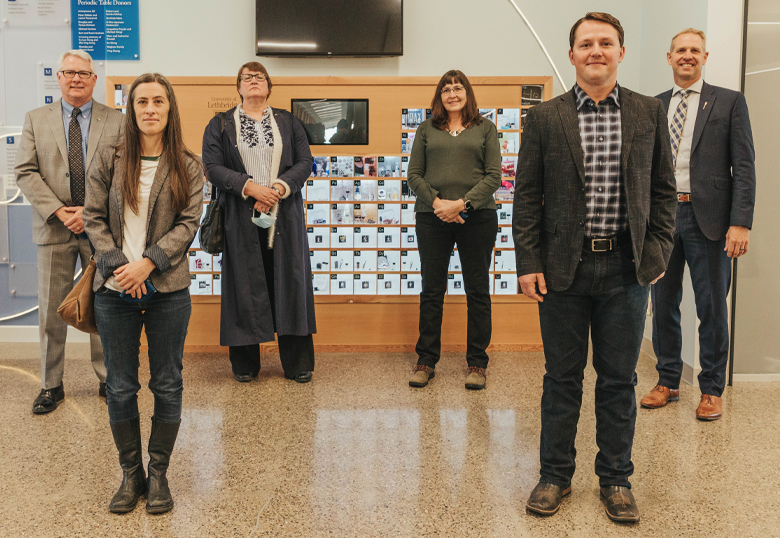In July, Alberta’s government and the University of Lethbridge signed a $1.8-million agreement, which saw three programs transferred to the University and provided it with the financial capacity to recruit three researchers.

On Thursday, Drs. Shelley Hoover (apiculture and pollination), Michele Konschuh (irrigated crops) and Kim Stanford (livestock pathogens) were introduced.
These researchers bring world-leading experience and expertise to the University and create even greater learning experiences for students. Welcoming these researchers brings together multiple disciplines and opens up even more chances for collaboration.
“The addition of Doctors Konschuh, Hoover and Stanford will expand the breadth of agriculture research on our campus, while their programs and experience will inform and enhance the greater work of the University’s talented faculty members. Our institution values collaboration and trans-disciplinary research. Having these talented individuals working in tandem with our existing researchers will lead to new discoveries benefiting the communities we serve," says Dr. Robert Wood, the University's vice-president (research).
This agreement is a part of the Alberta government’s commitment to ensuring farmers and ranchers lead agriculture research priorities. Establishing Results Driven Agriculture Research (RDAR), an arm’s-length non-profit corporation, is a first step in making sure research funding priorities are producer-led. Over the long term, RDAR will assume ongoing responsibility for the funding agreement with the U of L.
“The University of Lethbridge is closely connected to southern Alberta’s agriculture activities through its research, teaching and outreach activities," says U of L President and Vice-Chancellor Dr. Mike Mahon. "The addition of these three research programs will further our agriculture research capacity on campus, and allow the University to enhance its already close connectivity to this critical industry in the years ahead.”
